Nature doesn’t just change overnight—she usually gives us signs first.
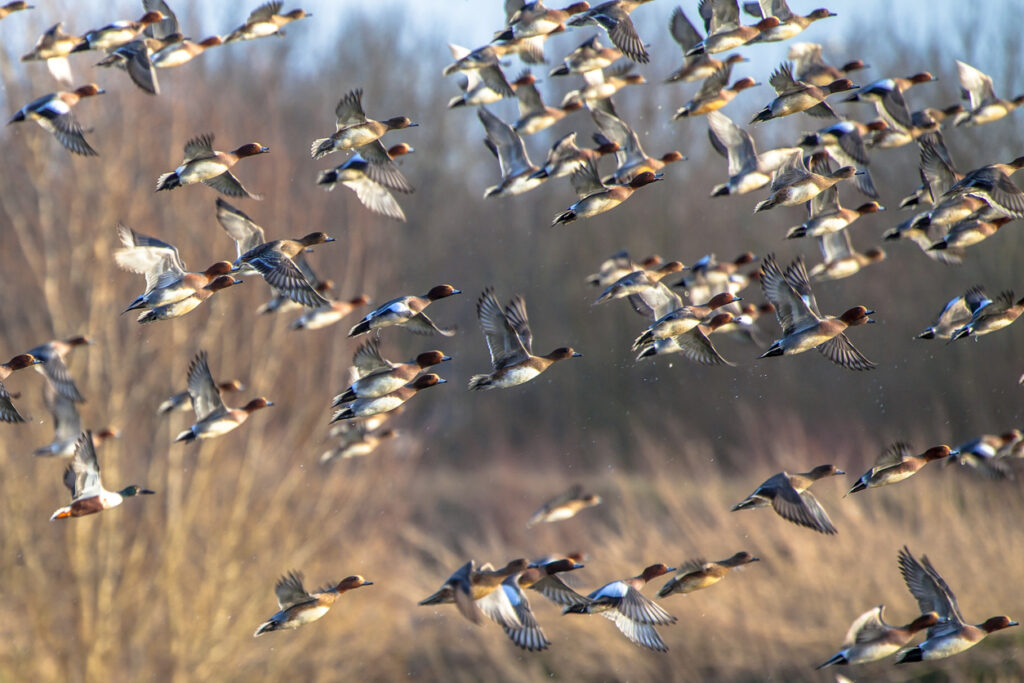
The trouble is, we haven’t always known how to listen. From subtle animal behaviours to strange changes in plant life, ecosystems have been quietly trying to tell us when something’s wrong. It’s only now, with the help of science and a bit of hindsight, that we’re starting to understand what some of those messages actually meant. Here are some of the more dire natural warning signs we’re only just beginning to recognise for what they truly are.
Birds changing migration routes
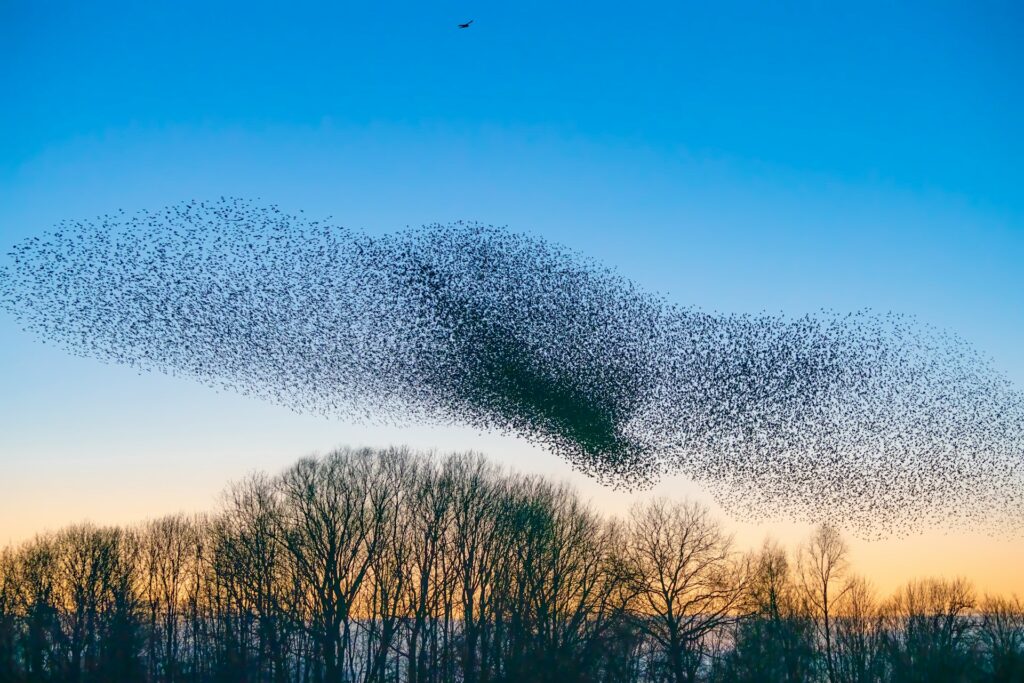
For years, changes in bird migration patterns were shrugged off as random or seasonal anomalies. But we now know they’re often nature’s way of responding to rising temperatures, unpredictable weather, and habitat destruction. Birds are instinct-driven creatures, and when they start showing up earlier, later, or not at all, it’s rarely a coincidence.
Scientists now track these changes closely because they often signal larger issues in the ecosystems they depend on. If birds are rerouting or vanishing, it usually means something’s out of balance, long before we see the consequences ourselves.
Bees disappearing from certain plants
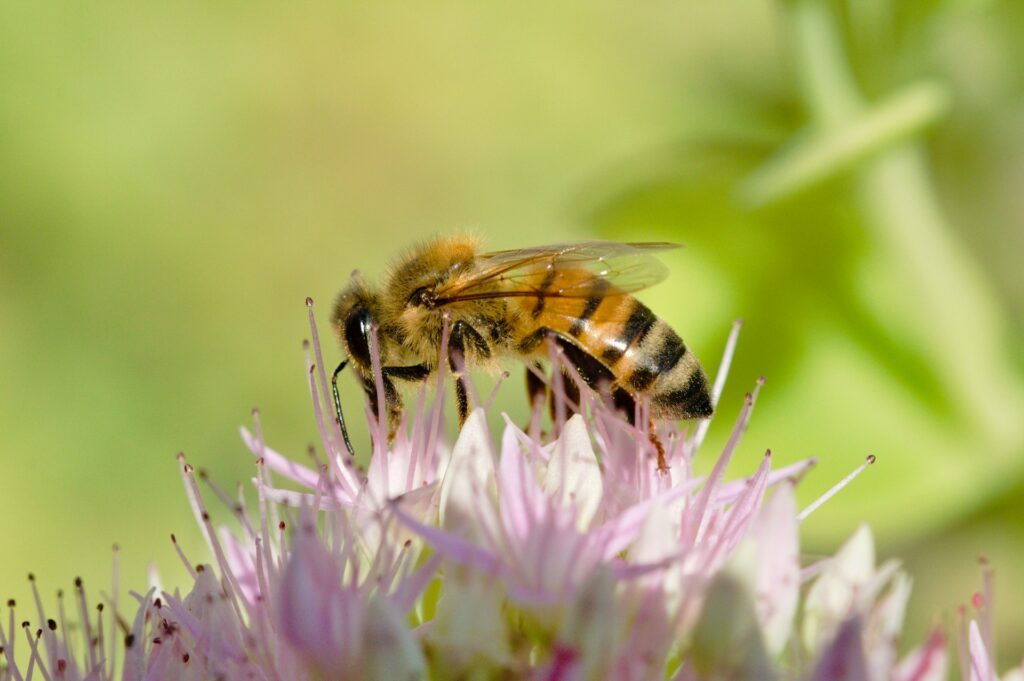
When bees stop visiting certain flowers, it’s not just a gardening concern—it’s a biodiversity red flag. Bees are some of the most efficient pollinators on the planet, and their preferences are finely tuned to environmental cues.
If they suddenly skip particular blooms, it can mean those plants are producing less nectar, blooming at the wrong time, or have been exposed to pesticides. It’s a subtle way the natural world tells us something’s not quite right, and the knock-on effects can be huge.
Coral turning white

Coral bleaching might look pretty at first glance, but it’s actually a major stress signal. When water temperatures rise or pollution increases, corals expel the algae they rely on for colour and nutrients, turning ghostly white. What’s scary is that coral bleaching used to be rare, but now it’s happening more often and across larger areas. It’s one of the clearest early indicators of ocean distress, and the more frequently it happens, the harder it is for reefs to bounce back.
Trees flowering too early
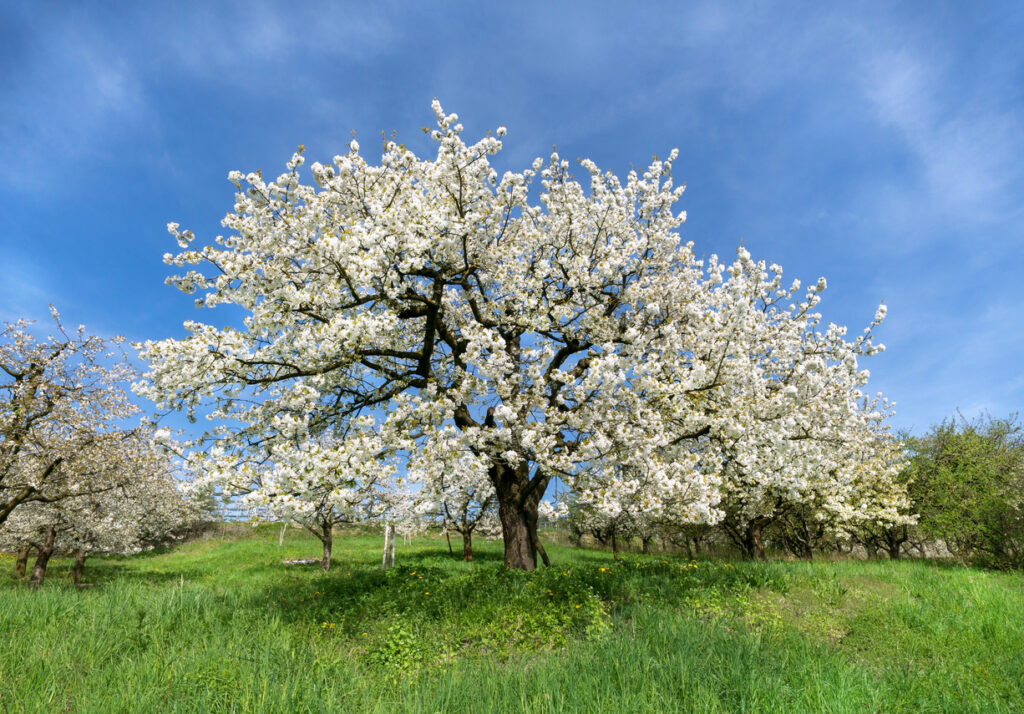
We tend to welcome early blossoms as a sign that spring’s on the way, but when trees flower weeks too early, it can actually be a warning. It suggests changes in temperature and seasonality, which can throw off entire ecosystems. Pollinators might not be out yet, late frosts can damage blooms, and the timing of fruit production can get disrupted. It’s a quiet sign of climate confusion that’s easy to miss until it starts affecting crops and wildlife.
Frogs growing extra limbs
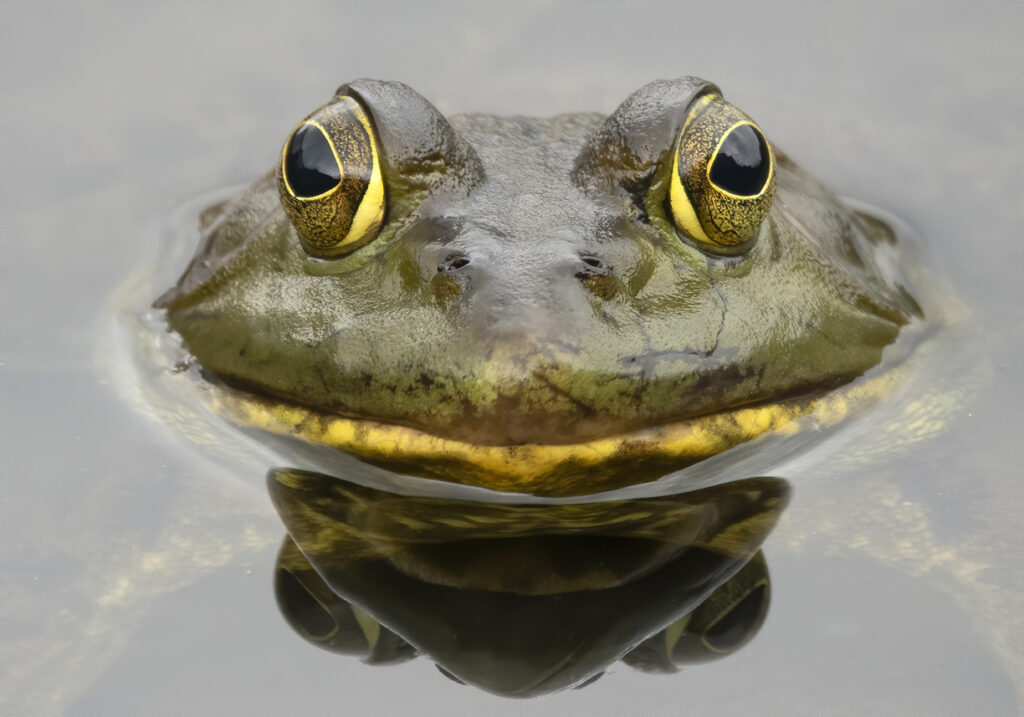
It sounds like something from a sci-fi film, but frogs with extra legs or missing limbs have been turning up in freshwater habitats for decades. At first, people assumed it was a rare mutation. Now we know it’s linked to parasites and environmental contaminants.
Frogs are incredibly sensitive to pollution and water quality, making them early bioindicators of ecosystem health. When frogs start showing deformities, it’s often nature’s way of waving a very large red flag about what’s going on beneath the surface.
Sudden insect population crashes
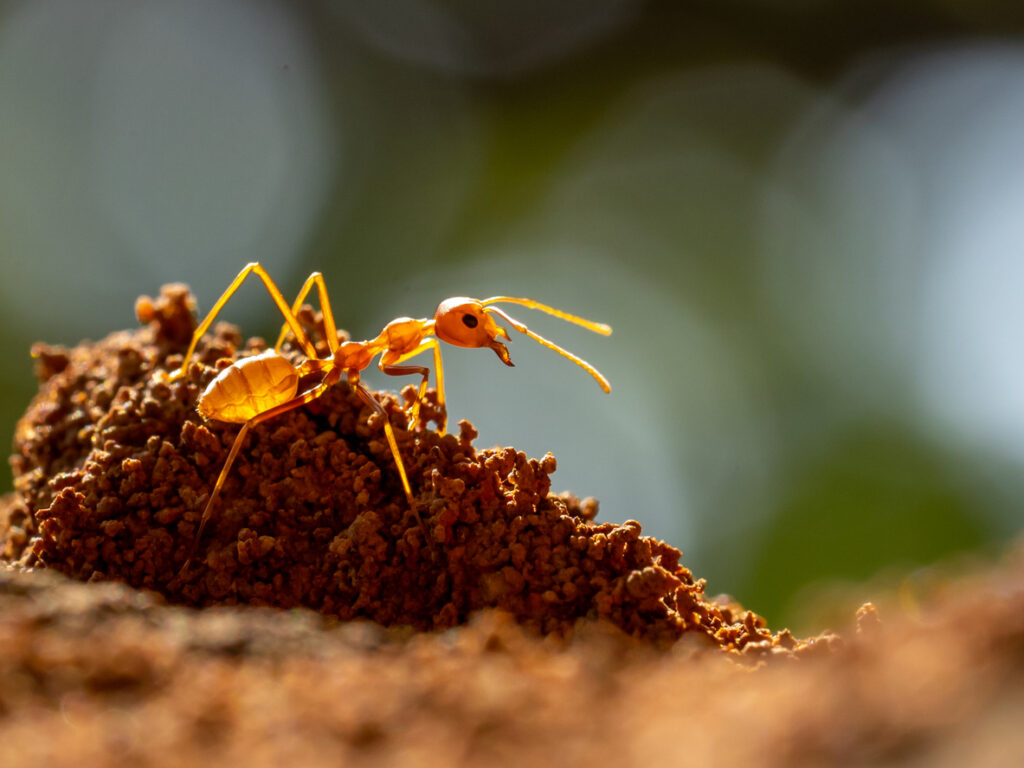
Insects might not be everyone’s favourite creatures, but we need them. Sudden drops in populations—like the rapid decline of moths, beetles, and butterflies—have become increasingly common, and scientists now realise it’s not just random variation.
These crashes are often caused by pesticide use, habitat loss, or climate change. And because insects form the base of many food chains, their disappearance affects birds, mammals, and even us. When the bugs go quiet, it’s a sign we should be paying closer attention.
Fish moving to cooler waters

Fish don’t make announcements, but they do move, especially when the water gets too warm. Species like cod, mackerel, and sardines are changing their ranges northward or into deeper seas, chasing suitable temperatures. These migrations might seem subtle, but they disrupt fisheries, affect predators, and signal major changes in ocean health. When an entire population of fish quietly exits a region, it’s often because the ecosystem can no longer support them.
Flowers blooming out of sync

In some places, wildflowers and the insects that pollinate them are falling out of sync. Plants might bloom before the insects emerge, or too late to be useful. That disconnect is a growing concern, especially in areas already feeling the pressure of climate changes. We used to think of flowering times as fixed. But now, we’re learning they’re more flexible than we realised, and when they start changing, they reveal deeper problems in the rhythms of nature.
Animals arriving in strange places
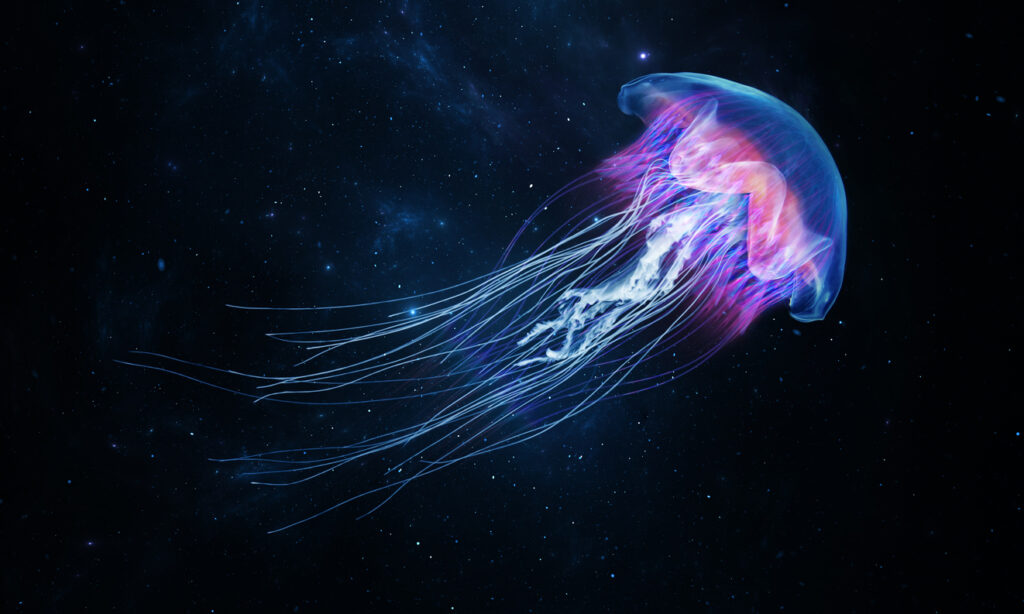
When you start spotting jellyfish in unusual waters, birds nesting in unfamiliar zones, or tropical species creeping north, it’s not just random curiosity. These movements are often signs of habitat stress or temperature change. It might seem exciting to see new species pop up, but the reality is often more complicated. These changes can disrupt local ecosystems and hint at environmental instability we haven’t fully grasped yet.
Earthworms retreating

We rarely think about earthworms, but they play a huge role in soil health. When they start disappearing from certain areas, it’s usually due to soil degradation, acidification, or pesticide overuse. No worms means less aeration, poorer plant growth, and disrupted nutrient cycles. It’s one of those hidden signs of environmental breakdown that doesn’t get much attention, but matters more than we realise.
Mushrooms fruiting at odd times

Fungi are deeply connected to moisture and temperature cycles. So when mushrooms start appearing too early, too late, or not at all, it’s often due to seasonal confusion driven by climate change. These changes might seem quirky, but they impact forest decomposition, soil health, and even animal diets. Mushrooms are another example of nature quietly recalibrating in ways we’re only starting to notice.
Shorelines eroding faster

Coastal erosion is nothing new, but the speed at which some areas are changing has caught scientists by surprise. Rising seas, stronger storms, and changing sediment patterns are eating away beaches and wetlands far quicker than expected. For years, we saw these changes as natural processes. Now, we’re realising they’re accelerating, and what was once gradual is turning rapid and destructive, especially for communities living close to the coast.
Plants growing in unexpected places

If you spot alpine flowers thriving at higher altitudes or tropical weeds appearing further north, it’s not a one-off. Plants are migrating in their own way, slowly creeping toward conditions they can survive in. Botanists are now tracking these changes closely, as they offer a living record of how fast things are changing. Even quiet plant movements are part of the bigger picture, and they’re teaching us to pay attention before it’s too late.